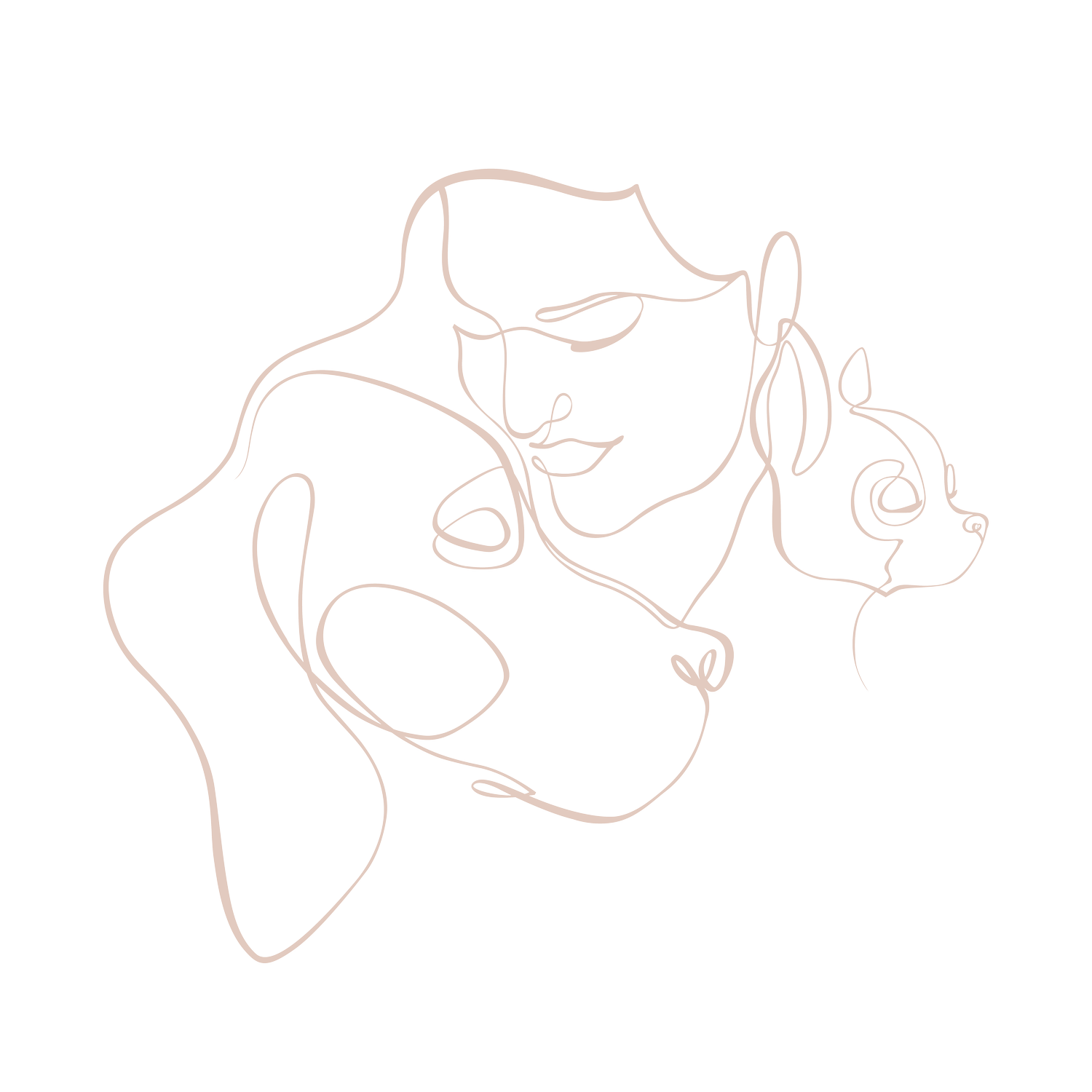
In short, any tissue that is painful, swollen or damaged can be treated with medical laser therapy
Canine Medical Laser Therapy
Low level laser therapy is a risk-free, non-invasive, and painless method of treating various conditions including, pain, difficult-to-heal wounds, inflammations and much more.
History
As early as 1967, the first medical report came that certain types of laser light have stimulating effects on cells and tissue.
What is a laser?
A laser is a light source that emits extremely pure light. By pure light is meant that the light has only one single wavelength, in the same way that the sound from a flute has one single tone and is therefore cleaner than the sound from, for example, a jar with stones that are shaken.
The laser light has - just like a flute tone - long continuous waves. Lasers can be made strong or weak.
What is medical laser?
Lasers in medicine are of many different types but they can be divided into two main groups:
1. Strong lasers that cut and burn. These lasers are often called surgical lasers.
2. Weak lasers that stimulate cell functions. Such lasers are often called biostimulation lasers or low light power lasers. The international the name is usually Low Level Laser Therapy (LLLT) or photobiostimulation, medical laser therapy.
What is treated with low level laser therapy?
Different types of lasers affect tissue and cells in different ways. What can be treated therefore depends on which laser type or types the therapist has access to.
GaAs laser (904 nm, infrared - invisible light) is best for problems of a deeper nature such as pain and inflammation of joints, muscles and tendons. Examples are bad backs, shoulders, knees, tennis elbows or sports injuries, regardless of whether the problems arose due to wear, overload, or other causes. Such as sinusitis and ear infections can also be treated successfully.
HeNe laser or GaAlInP laser (visible red light 635 nm) is best for problems in the skin and mucous membranes, such as shingles, herpes, certain hair problems, leg ulcers, eczema, cold sores, rushing gums, etc.
GaAlAs laser (810-830 nm, infrared - invisible light) occupies an intermediate position between the two above. With this laser, tinnitus can also be treated with some success.
How to treat?
The laser light comes out of a so-called probe (similar to a pen). You then only hold the end of the probe towards the place where you are treating. Depending on the type of laser in used, light penetrates between 1 and 5 cm into the tissue. Depending on how deep the problem is and on how large an area you treat over, a treatment takes between a few minutes and half an hour.
Does it hurt?
No, quite the opposite. Laser treatment is very relaxing, many pets fall asleep, and it often provides a direct pain relief. It’s important that the patient do not overload the injured area after the treatment but relax and follow the treatment plan.
However, its important to be aware that pain may increase or occur 6 to 24 hours after treatment (read about side-effects below)
How often and how many times?
It is usually treated more frequently in the beginning (every 2 - every 7 days) and then at increasingly longer intervals when healing begins. A course of treatment can extend over 1 - 15 treatments depending on the patient's perceptivity and on how long the problem has existed and the type of problem. Chronic problems usually require more treatments than acute problems and injuries.
Are there any risks?
No, not in any respect nor for the eyes. Safety goggles are usually not needed.
Can you take medication?
Yes. Medications are usually not negative to combine with laser treatment.
Should anything be observed after treatment?
Yes. The laser light often provides direct pain relief. It’s important that the patient do not overload the injured area after the treatment but relax and follow the treatment plan.
Pain is the body’s natural defense to prevent overloading the injury and pain-relieving effect of the laser can therefore lead to overload (the animal believes its healed due to having less/no pain).
What is the chance of full recovery?
Not everyone responds equally to laser treatment. You usually notice a reaction within 1 to 5 times. Some react strongly and almost immediately, others need more treatments. About 10% do not react at all or so little that one must state that laser treatment is not the right method. Some problems are more suitable for lasers than others.
Are there any side effects?
Not as seen in drugs. But two things can happen:
1. In the treatment of chronic problems, pain may increase or occur 6 - 24 hours after a treatment. This is because the laser light initiates healing processes. The pain is due to the chronic problem being processed as "acute" due to the healing. This is a good reaction, because then you know that the patient reacts to the treatment and not everyone does. The pain usually passes after a few days but can in some cases stay longer.
2. The second thing that can happen is that the pain disappears after the treatment. The laser light can sometimes provide direct pain relief. Then it is important to know that, if the pain comes from an injury in the tendon or muscle attachment or joint, it prevents an overload by simply hurting if you load. If the pain disappears after a treatment, the pain-relieving effect of the laser its important the patient relax and don’t overload the injured area, as it can lead to overload with a deterioration as a result because the patient is loading the injury instead of allowing the healing. It is therefore important that the patient does not strain the joint, tendon, etc. before the therapist gives the go-ahead.
Medical Laser Therapy is used to deliver single laser light into tissues to induce many biological and therapeutic effects including:
Reduction of inflammation
Reduction of pain
Accelerated tissue repair & faster wound healing
Increased blood flow to damaged tissue
Increased metabolic activity of cells
Reduced scar tissue formation
Improved nerve function and recovery following nerve damage
What conditions can be treated with Medical Laser Therapy?
In short any tissue that is painful, swollen or damaged can be treated with the laser.
Osteoarthritis
Muscle, ligament or tendon sprains and strains
Neck and back pain
Hip and elbow dysplasia
Post-surgical wound treatment
Acute traumatic wounds
Chronic wounds
Fracture repair
Intervertebral disc disease
Lick granulomas
Ear infections
Anal gland abscess
Chronic stomatitis in cats
Cystitis
Inflammatory lung diseases eg. Feline asthma

